Torenia Mixed Color F1 Hybrid – 10 seeds
৳ 120.00
Available on backorder
Description
Torenia Mixed Color F1 Hybrid – seeds
Price: 120 Taka
Quantity: 10 seeds
Germination Rate (Approx.): 80%
Physical Purity (Min): 98%
Genetic Purity (Min): 98%
Germination Temperature (Approx.): __°C to __ °C
Germination Time (Approx.): __ to __ days
Light Requirement for Germination: __
Moisture Requirement: Keep seed moist until germination
Maturation Period: __ to __ days
Can reach up to (Height.): __ to __ inches
Plant Spacing (one plant to another): __ to __ inches
Sowing Rate: _ _ to _ _ seeds per cup
Sunlight for Growth: prefers full sun
*Note: It is recommended to prepare seedling in a small cup or pot for better success rate and keep the soil moist.
Tutorial Link:
CLICK HERE TO LEARN MORE ABOUT GROWING TIPS
Recommended Items for Seedling Preparation:
Disclaimer:
In accordance with the universal custom of seed trade we give no warranty expressed or implied as to description, quality, productivity or any other matter of any way for the crop results beyond the purchased price especially under unsuitable season, abnormal weather, unsuitable soil and other unexpected conditions.
বীজ ব্যবসার সার্বজনীন প্রথা অনুযায়ী আমরা বিশেষত অনুপযুক্ত ঋতুতে, বিশেষত অনিয়মিত আবহাওয়া, অনুপযুক্ত মাটি এবং অন্যান্য ক্রয়মূল্যের বাইরে ফসলের ফলনের বর্ণনা, গুণমান, উৎপাদনশীলতা বা অন্য যে কোনও বিষয়ে বর্ণিত ওয়ারেন্টি প্রদান করি না অপ্রত্যাশিত শর্ত
#Torenia #mixed #Flower #F1 #Hybrid #Color #Plant #Rooftop #seeds #Balcony #online #store #shop #company #my #garden #bd #mygardenbd #nature #ছাদ #বাগান #টব #গাছ #ফুল #বীজ #in #price #of #near #me #in #Dhaka #Bangladesh

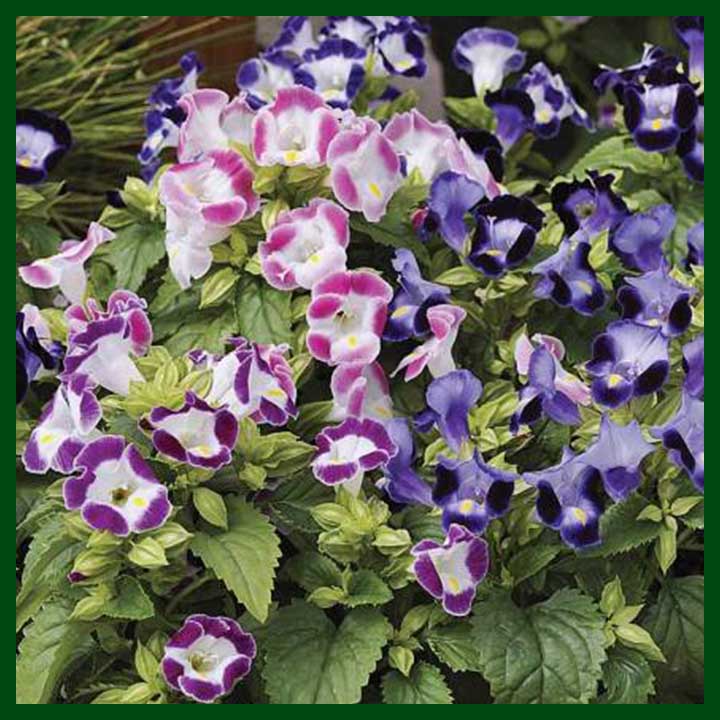
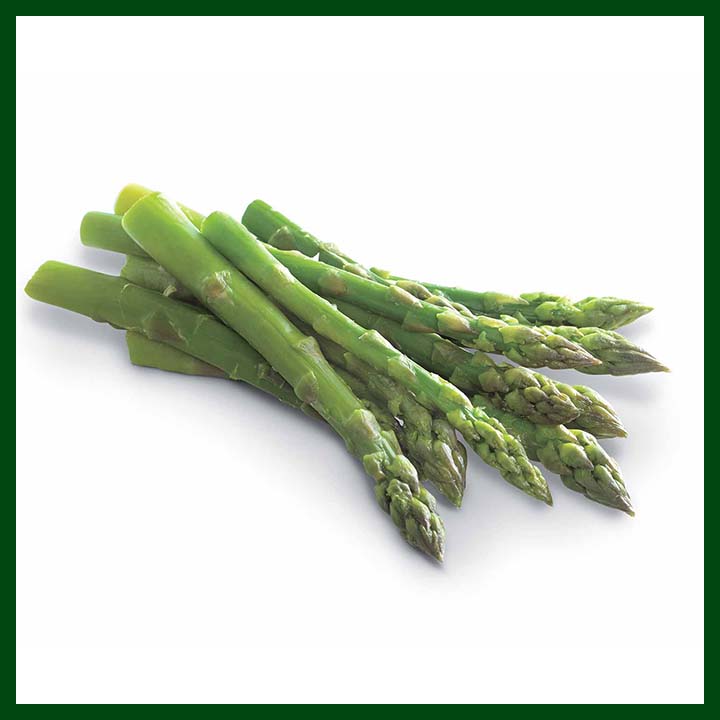
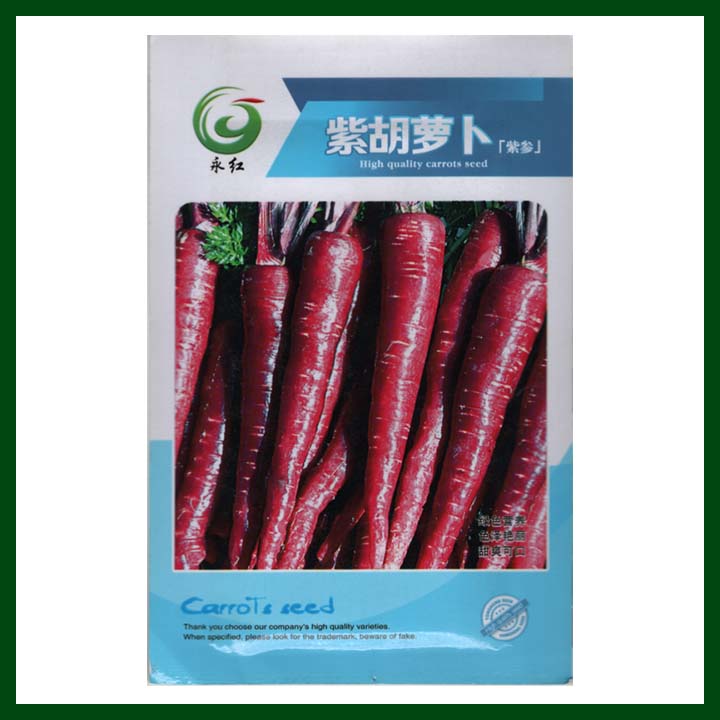
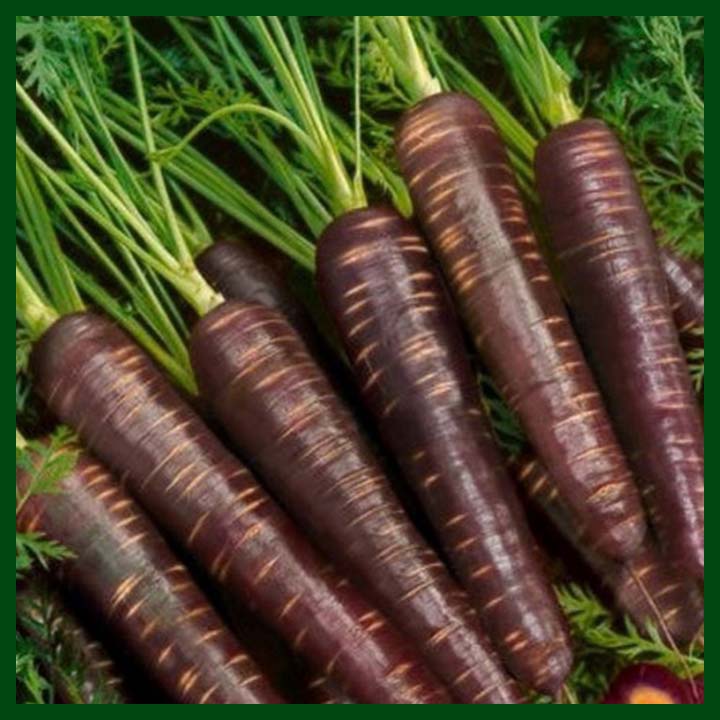
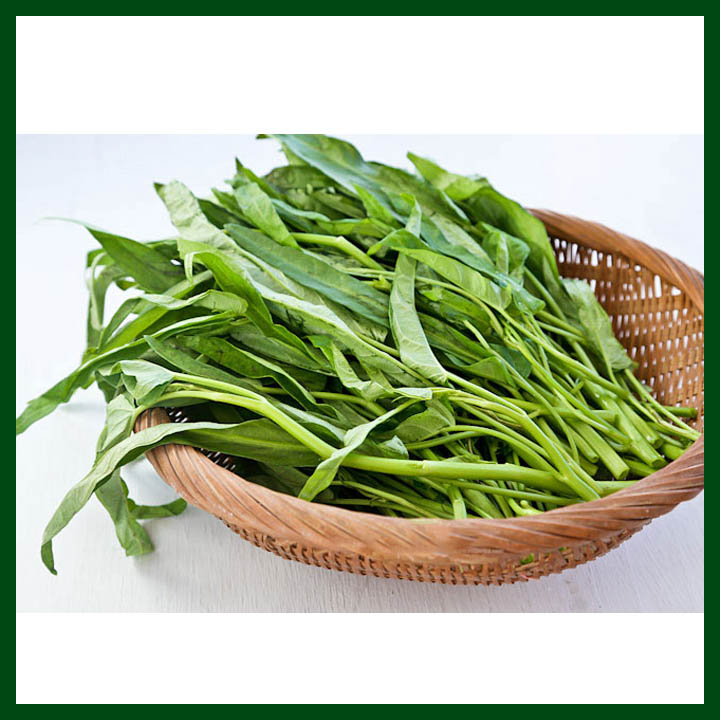
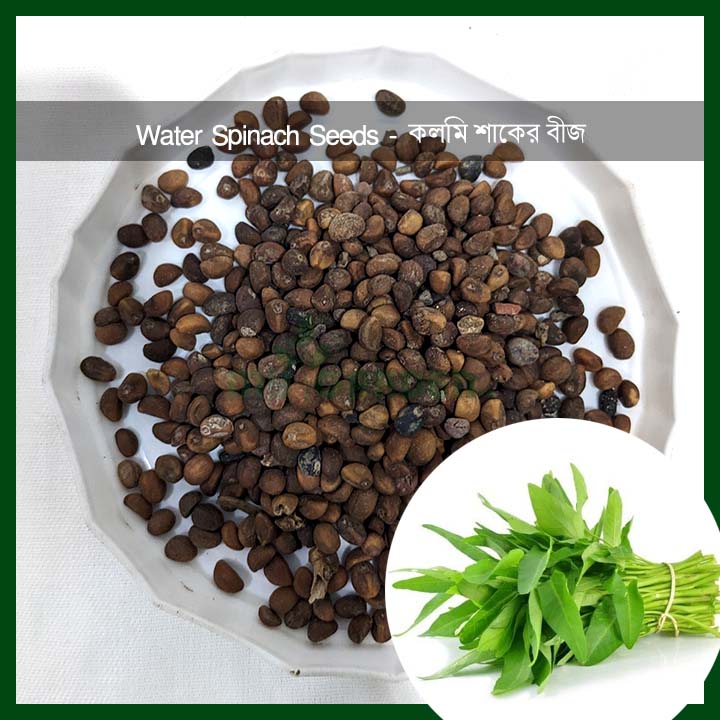
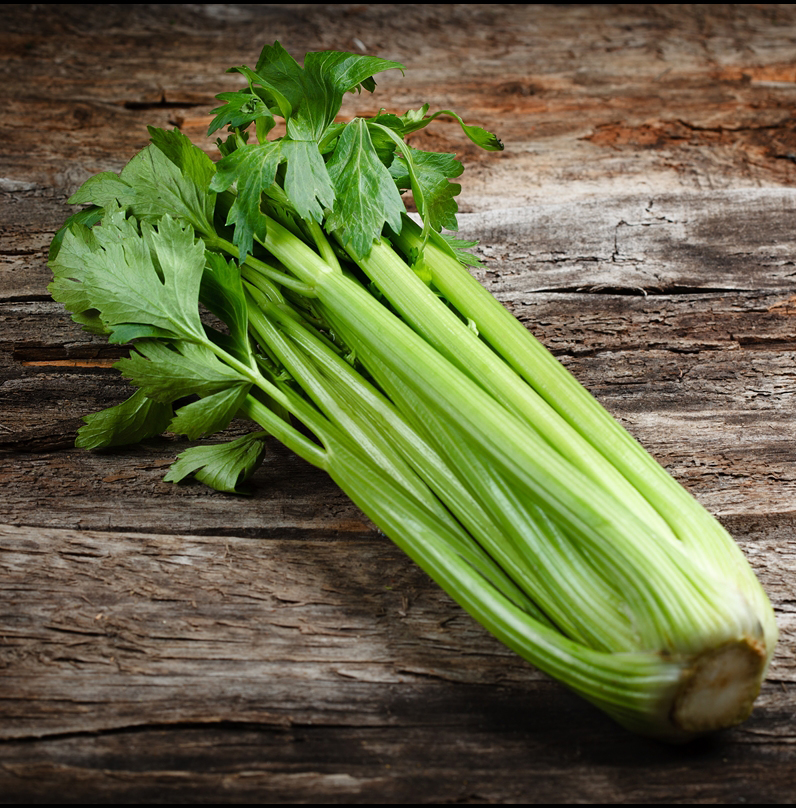
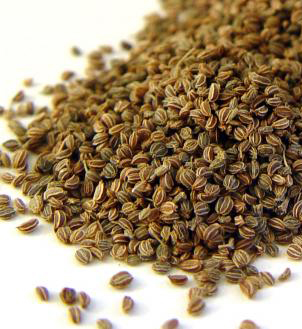
Reviews
There are no reviews yet.